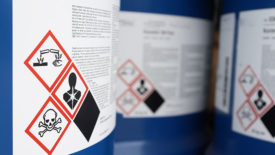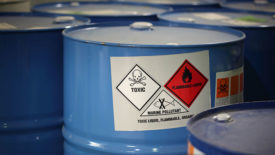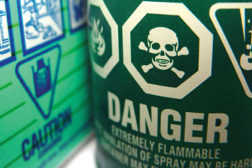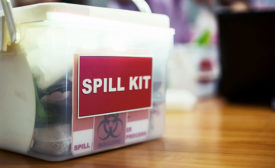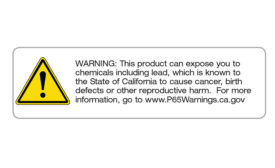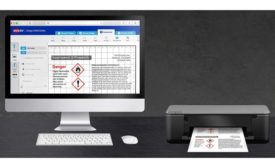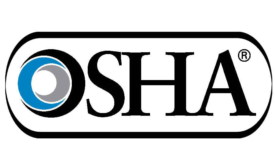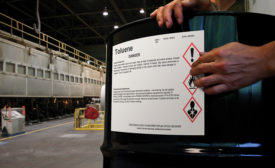Home » HazCom
Articles Tagged with ''HazCom''
No. 2 in the Top 10 most frequently penalized OSHA standards for FY 2022
Read More
2021 Top 10 OSHA Violations: Hazard communication standard, general industry
No. 5 in the Top 10 most frequently penalized OSHA standards for FY 2021
January 25, 2022
Hazcom for multi-employer sites
All employees must be working from the same playbook
December 4, 2019
Avery® Products and SiteHawk partner for easy, automated GHS labels
The partnership will help companies easily create chemical and safety labels that meet the GHS Hazard Communication Standard (HazCom)
January 30, 2018
Become a Leader in Safety Culture
Build your knowledge with ISHN, covering key safety, health and industrial hygiene news, products, and trends.
JOIN TODAYCopyright ©2025. All Rights Reserved BNP Media.
Design, CMS, Hosting & Web Development :: ePublishing
